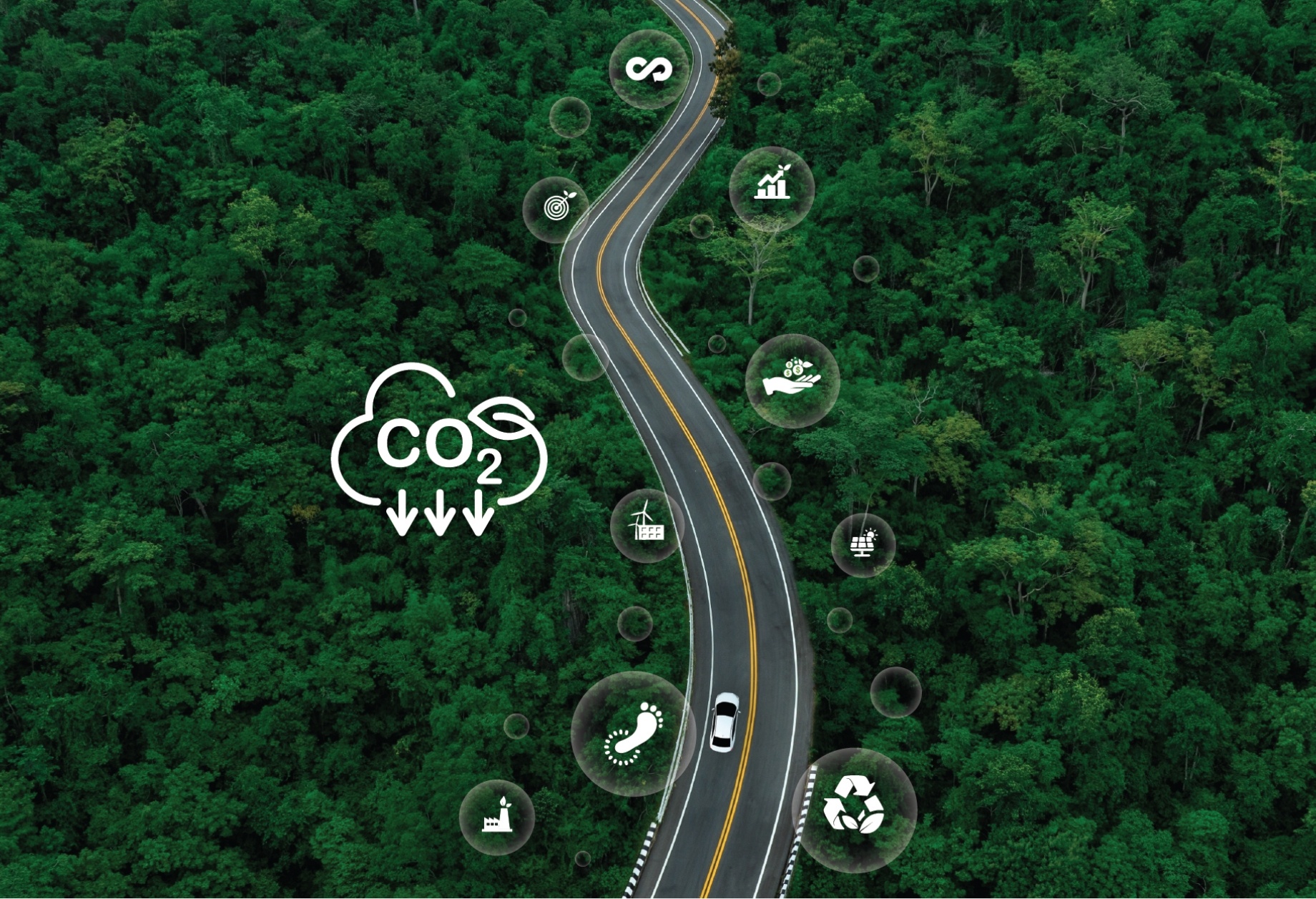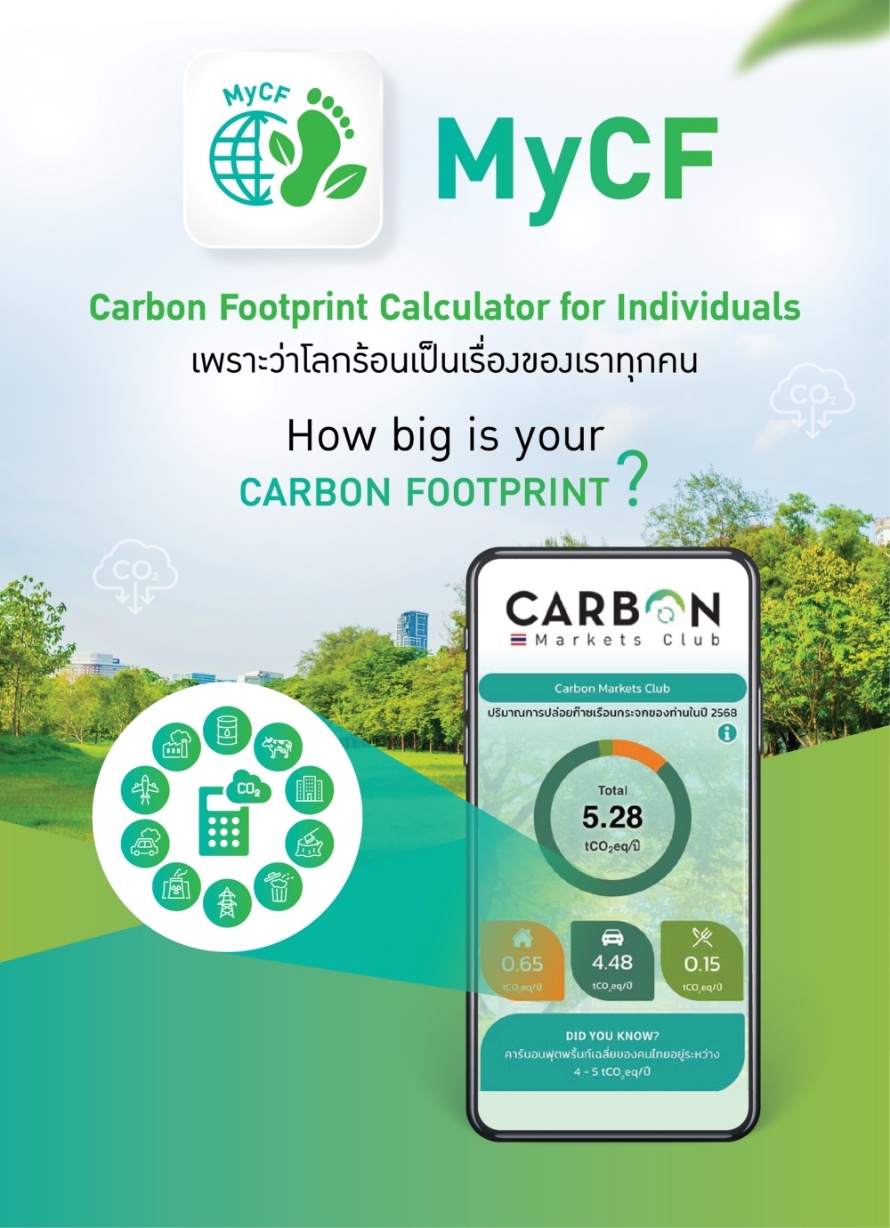31 January 2025
Measure to Manage: Charting the Course to a Low-Carbon Future
A low-carbon path is essential for mitigating the effects of climate change and fostering long-term sustainability. Reducing greenhouse gas emissions not only minimises environmental risks but also delivers economic and social benefits. Organisations that transition to low-carbon strategies enhance their credibility among stakeholders, meet the demands of sustainability-focused markets, and gain a competitive advantage. Moreover, reducing carbon emissions promotes efficient resource use and encourages collective responsibility for the planet, paving the way for a better future for generations to come.
The journey towards a low-carbon path begins with understanding and analysing carbon footprints comprehensively. This foundational step enables the accurate identification of activities or processes that contribute the most to greenhouse gas emissions. Before embarking on reduction and offset strategies, it is crucial to assess how much and where emissions are being generated. Emission inventory analysis serves as a vital tool, allowing both organisations and individuals to pinpoint sources of carbon dioxide and other greenhouse gases.

For organisations, emission calculations encompass energy consumption in offices and factories, employee travel, raw material procurement, and logistics. On an individual level, carbon footprint assessments include travel, electricity usage, and dietary choices, such as the higher carbon impact of meat-based meals compared to plant-based options.
Reliable tools, such as the Carbon Footprint Calculator provided by the Thailand Greenhouse Gas Management Organization (TGO) and certified platforms, help identify areas where emissions can be effectively reduced. Accurate data not only enables organisations to set precise carbon reduction goals but also enhances transparency in reporting, building trust with stakeholders.

With clear data, both organisations and individuals can create short- and long-term carbon reduction plans.
These may involve improving production efficiency, adopting renewable energy, or supporting carbon offset projects. Knowing the starting point ensures that all actions are targeted and measurable, delivering tangible results.
In Thailand, the Carbon Markets Club was established as the nation’s first non-profit initiative driven by the private sector, led by Bangchak and BCPG, to support the government in promoting voluntary carbon markets and raising awareness of climate change. Since its inception in 2021, the club has grown to nearly 1,400 members, offering services for trading carbon credits and Renewable Energy Certificates (RECs). It also disseminates knowledge through seminars and various outreach programmes to engage society in carbon markets and encourage all sectors to adapt to a sustainable Net Zero future.

Additionally, the club has developed tools like CFO (Carbon Footprint Tracking for Organisations) and MyCF (My Carbon Footprint Calculator for Individuals.) These platforms provide free and user-friendly resources to calculate carbon footprints accurately, covering aspects such as energy usage, travel, and resource consumption. This empowers users to identify actionable steps for reducing emissions effectively.


Carbon Footprint Tracking for Organization (CFO)
When organisations and individuals have a clear understanding of their emissions, planning and implementing reduction and offset strategies become more effective. Examples include optimising energy use, transitioning to renewable energy, or supporting reforestation and clean energy projects. Starting with a precise assessment is the most critical step towards meaningful and sustainable change for both organisations and the planet.
Carbon footprint tracking tools like CFO and MyCF are not just convenient technologies but transformative resources that drive widespread change. By fostering collaboration across all sectors, these tools pave the way for achieving long-term sustainability and addressing the challenges of climate change collectively.

- Calculate individual greenhouse gas emissions from daily activities through a mobile application.
- Support daily activities such as water usage, electricity consumption, transportation, and dietary choices.
- Offer tips for reducing greenhouse gas emissions in everyday life to contribute to efforts to mitigate global warming.





